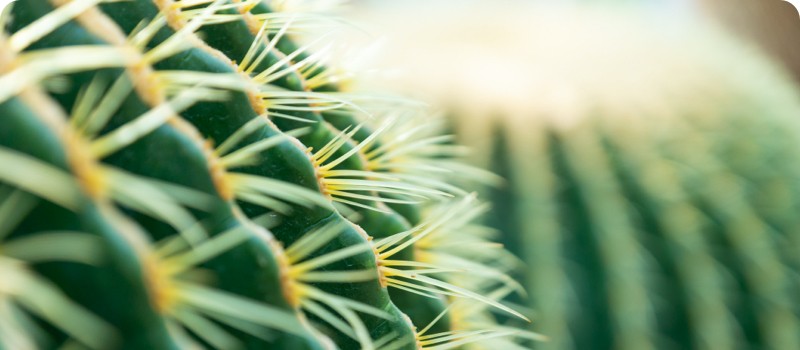
Sphenopalatine Ganglion Block
Sphenopalatine Ganglion Block Overview
Sphenopalatine ganglion block is a procedure that involves the delivery of a local anesthetic to the sphenopalatine ganglion (SPG)—a group of trigeminal nerve cells located in the back of the nasal passages—to relieve headache pain.
The sphenopalatine ganglion has both sensory and autonomic function. The autonomic nervous system controls physical symptoms, like tear formation and nasal congestion. The SPG is connected to the brainstem and the coverings of the brain called the meninges by the trigeminal nerve, which is a major nerve involved in headache disorders.
The anesthetic can be delivered to the SPG by applying it to cotton swabs and placing them into the back of the nose. It can also be given by an injection into the cheek, but this technique requires an X-ray to verify correct placement of the needle. A newer technique involves delivering the anesthetic through a thin plastic tube that is placed in the nose. This method is less invasive than an injection.

What is a sphenopalatine ganglion block used for?
Sphenopalatine ganglion block is used to treat headache disorders, such as:
- Trigeminal neuralgia
- Migraine
- Cluster headache
- Trigeminal autonomic cephalalgia
- Trigeminal neuropathy
The local anesthetic works by blocking or reducing pain signals carried by the nerve cells in the sphenopalatine ganglion. The duration of pain relief varies greatly, with some people experiencing no pain relief and others seeing improvement for days, weeks, or months. The procedure can be repeated, as necessary.
Am I a good candidate for sphenopalatine ganglion block?
You may be a good candidate for sphenopalatine ganglion block if you have headache or facial pain that is not responding to other treatments.
The most common side effects include numbness in the throat, low blood pressure, lightheadedness, and nausea. These effects usually last no more than a few hours. You may also experience nasal bleeding or irritation.
Information and Resources
American Migraine Foundation
Sphenocath




